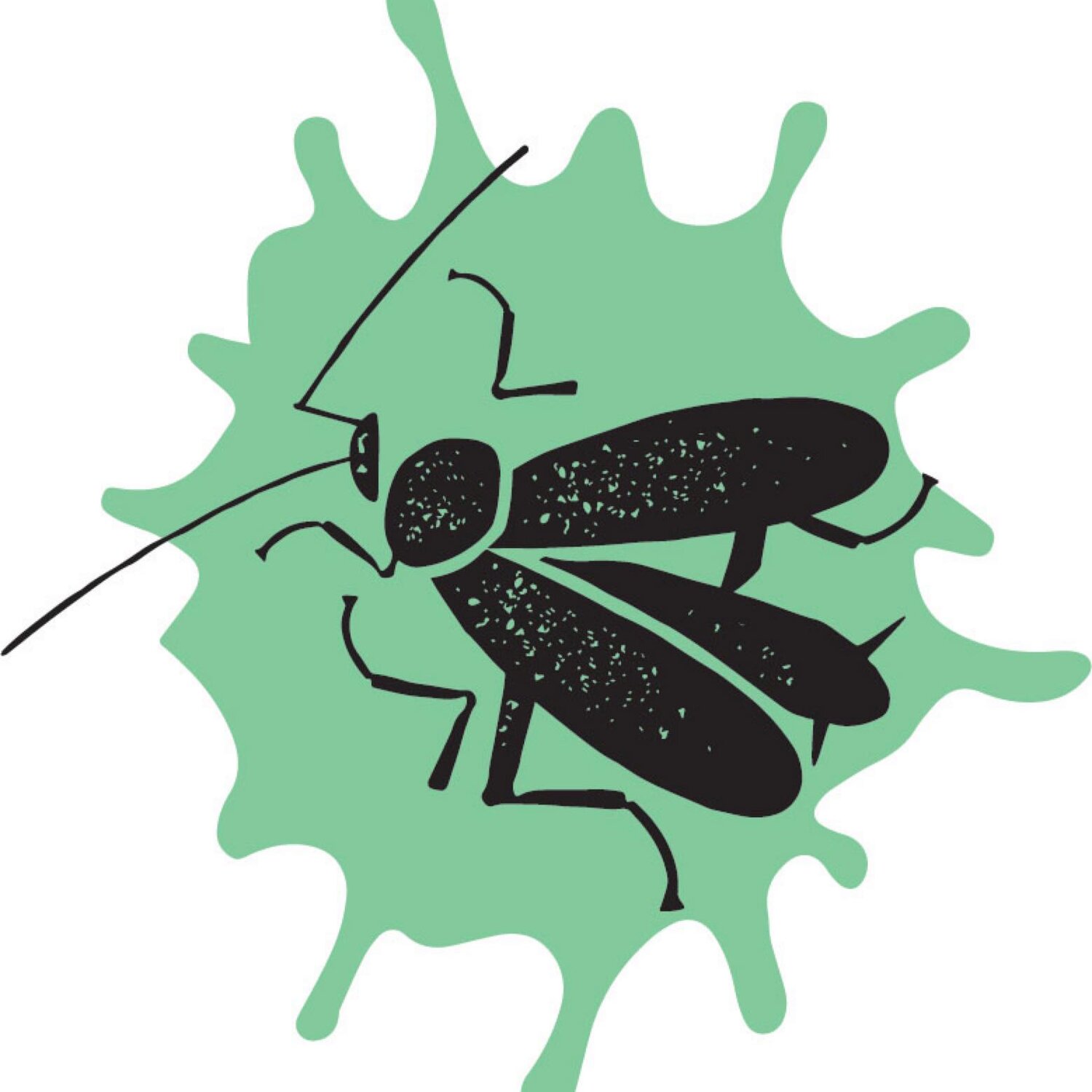Indications That Reflect Your House Needs a Pest Inspection
In Australia, there are numerous pests and animal species that, if left unchecked, can seriously harm your house and other structures.
Pests can invade everywhere, providing them with refuge if a professional is not called in as soon as possible to address the issue. This may be your house, cafe, or even your company.
Why Is a Pest Inspection Necessary?
Even if there are some clear indicators of a pest infestation, some could be more difficult to detect. They may assist you in locating clear and convincing proof that you are sharing space with insects by doing a pest control check.
The damage that bugs can do can dramatically lower the value of your home. When potential buyers tour your house, seeing bugs can turn them away and hurt your chances of selling.
Additionally, routine pest inspection reduces the risk of a serious infestation. They can spot pest problems early on and stop permanent home damage. You also save money because you won't have to pay for maintenance and replacement.
The main advantage of a pest check is that it gives you peace of mind. There won't be any pests to worry about biting you as you sleep or destroying your furnishings.
Below are the most typical indications that you require a professional pest inspection. They might help you determine whether or not you may have a pest problem.
Noises in the Dark
Have you recently heard any strange noises in your house? Are you hearing faint clicking sounds in the walls or the scamper of little feet?
If you've recently started to hear small noises that weren't there before or are more audible at night, you might have a bug problem.
Pests like termites, mice or rats running about your walls or roof, or even a snake hiding in your walls, are frequently to blame for these kinds of noises.
Animal Waste
This may be among the most blatant indications that you urgently need a pest inspection. Pests like mice, rats, or cockroaches in the regions they frequent leave clear droppings.
Although roach droppings are less obvious to find than those of mice or rats, you can tell if roaches have invaded your home if you discover an unusual trail of what appears to be ground coffee.
As they grow larger, snakes will shed their old skins to make way for development. If you find one of these skins in your attic or basement, it's time to call in the pros.
When you discover a shed snake skin in your home, it's crucial to call in experts to remove it because snakes can become venomous if startled.
Heaps of Sawdust
Little sawdust heaps are a clear sign that your house is under attack from within because termite droppings resemble little heaps of wood dust. If given a chance, termites can cause serious harm to structures and wooden possessions.
Small sawdust mounds should be reported as soon as possible since termites might endanger the stability of your home's structural integrity.
Because termites reside inside the wood of your home, which they consume as food, they can be quite difficult to eradicate.
As soon as you see any telltale indicators that termites may have entered your house, ask a professional to conduct a termite inspection or pest inspection.
Conclusion
As a homeowner, it's important to be aware of the potential for pests and animals to invade your home and cause damage. You should call an expert to analyse the situation if you've seen any of these typical indications that you might have bugs in your house or place of business.
They will be able to assess the situation quickly and recommend the most effective approach to eliminate the pests and prevent them from trying to return.
D-Day Pest Control is ready to assist whenever you need pest inspections.
We offer efficient pest control services to get rid of pests from your personal house or commercial establishment along the Surf Coast or in the vicinity of the Bellarine Peninsula. Call now to schedule an appointment.
